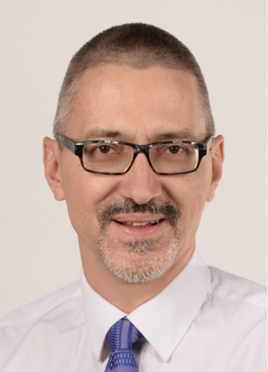The findings of this year’s Hotel Chain Development Pipeline Survey, produced by Lagos-based consultancy W Hospitality Group (http://w-hospitalitygroup.com), show that Hilton is leading the race to develop new hotels in Africa with 7,250 rooms in its pipeline, spread over 29 new properties, 18% up on the previous year. Hot on its heels is Carlson Rezidor, with 6,953 new rooms in development spread across 32 hotels. Marriott is in third place with 6,412 rooms in its pipeline spread over 36 new properties, 22% up on 2014.
Best Western has 12 new hotels in its pipeline, but the average size of hotel is lower, at 93 rooms, and therefore drops out of the top ten when the pipeline is analysed by number of rooms. Both Kempinski and Fairmont focus on large, luxury hotels (Kempinski with their single brand, and Fairmont developing Raffles, Fairmont and Swissotel) and have the largest average number of rooms in the survey.
Mangalis is a new chain, launched in 2013, with its first hotel openings expected in 2015, in Conakry and Dakar. It is of note that Mangalis is achieving its very rapid growth by adopting an “asset-heavy” strategy, funding the development of nearly all of its hotels. This is in contrast with virtually every other chain in the survey, who are “asset-light”, seeking management agreements or, exceptionally, franchises and leases.
If, instead of looking at the chains, one looks at individual brands, Carlson Rezidor’s Radisson Blu brand occupies first position in terms of the number of hotels and rooms in its development pipeline. Its sister brand, Park Inn by Radisson, is also in the top 10, whilst the Hilton brand and its “little brother”, Hilton Garden Inn, occupy second and fifth positions respectively. Marriott and Starwood each have two brands in the top ten, with Starwood achieving particularly strong growth for both brands, Sheraton and Four Points.
Marriott leads in presenting a multi-brand offer, with 10 brands available to developers, including four brands included for the first time since its acquisition of Protea last year. This multi-brand approach has become more commonplace as Africa’s markets continue to develop and become mature enough for multiple brands, catering to markets across a broad spectrum. Having led their market entry with their flagship brands, typically at the upscale level, several of the chains are now introducing their midscale and budget brands.
Kempinski has been signing the biggest deals, with an average 324 rooms per hotel, double that of Park Inn, and of all the chains in the survey has the largest hotel project in sub-Saharan Africa, the 451-room Grand Hotel Oyala Kempinski in Equatorial Guinea’s future new capital, Oyala.
Trevor Ward, Managing Director, W Hospitality Group, said: “These figures highlight two trends in African hotel development, first that the main opportunities lie in the midscale segment, and second that such hotels are “easier” to develop. Hilton, for example, have launched a modular build solution for upcoming Garden Inn projects in Africa, in conjunction with CIMC Modular Building Systems – modular guest rooms and hallways are built in the factory, ensuring guarantees of cost and quality, as well as enabling faster development.”
Matthew Weihs, Managing Director, Bench Events, which organises the Africa Hotel Investment Forum (AHIF) (http://www.africa-conference.com), which attracts all the major international hotel investors in Africa, where this report will be discussed in detail, concluded: “The economics are compelling. The World Travel & Tourism Council is forecasting that growth of the industry in SSA will exceed 5% for every year of the next decade. That is much stronger than most Western countries and too tempting for the major hotel chains to ignore.”



Leave a Reply